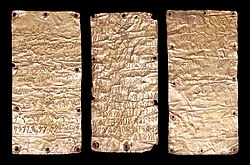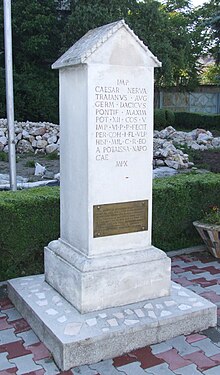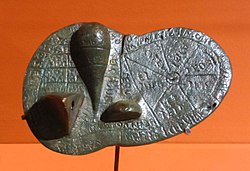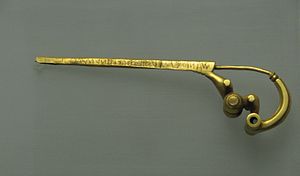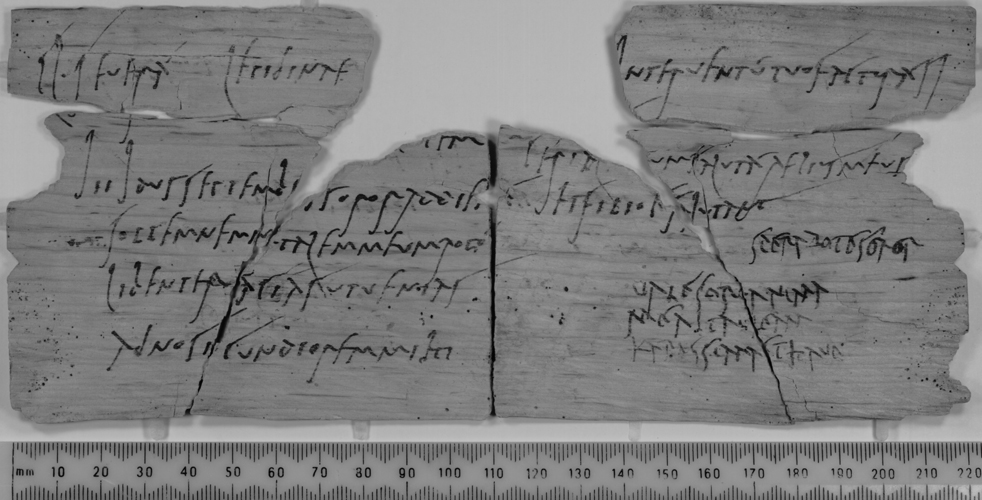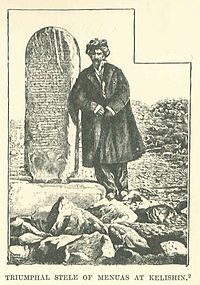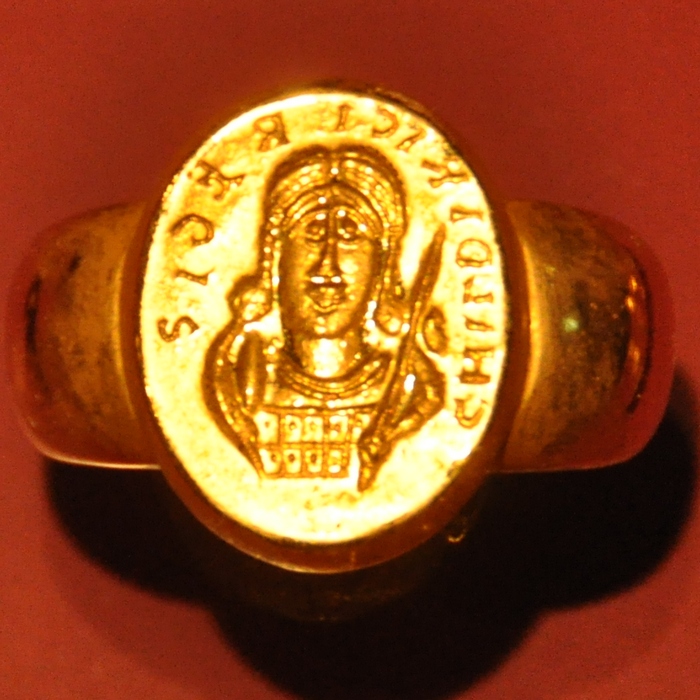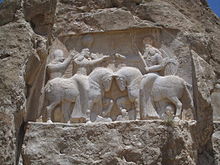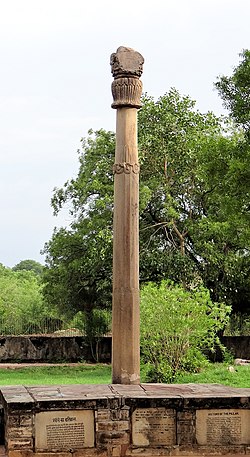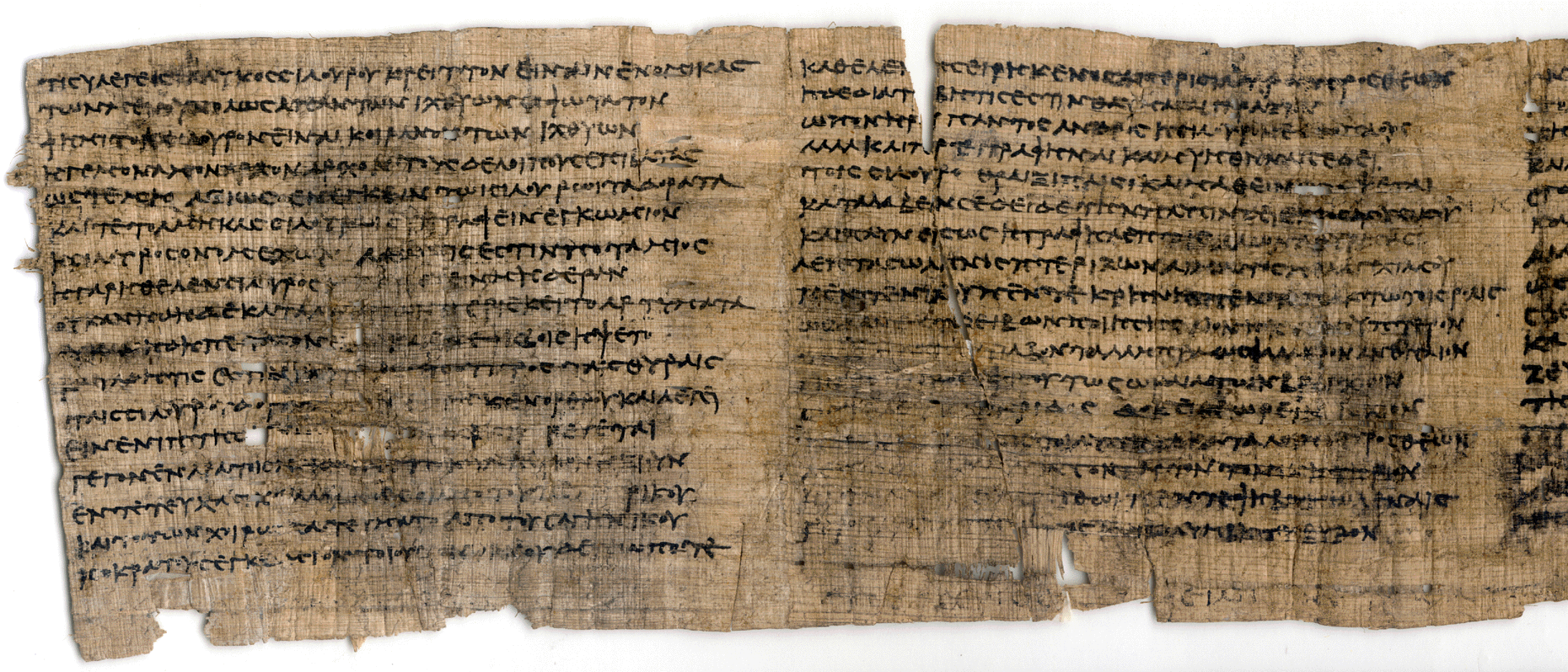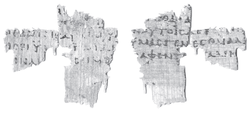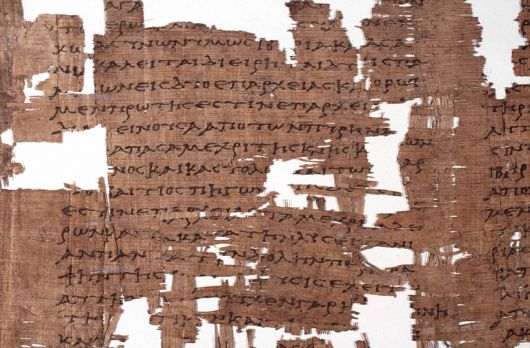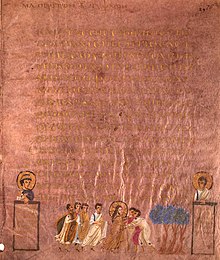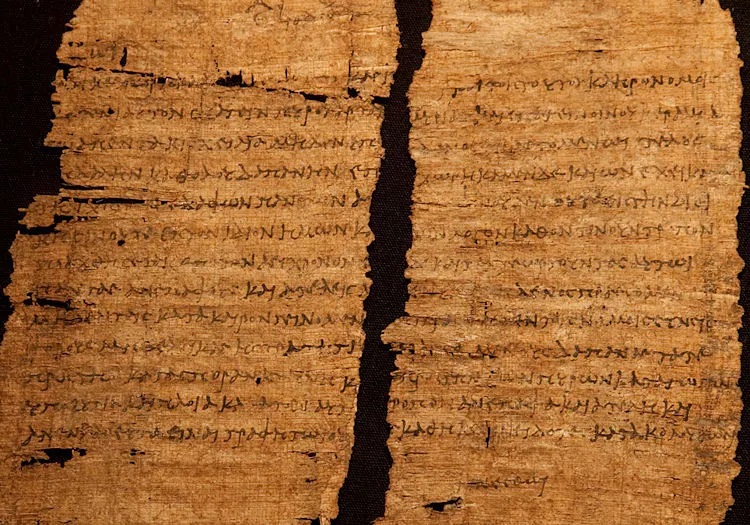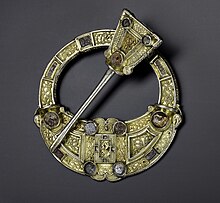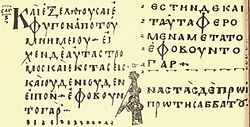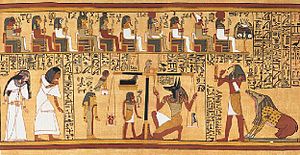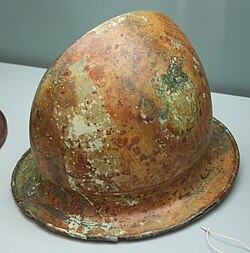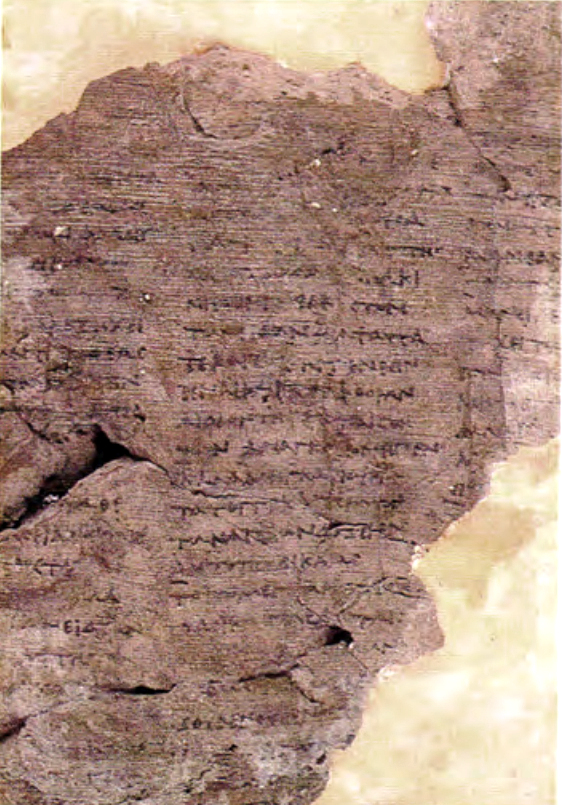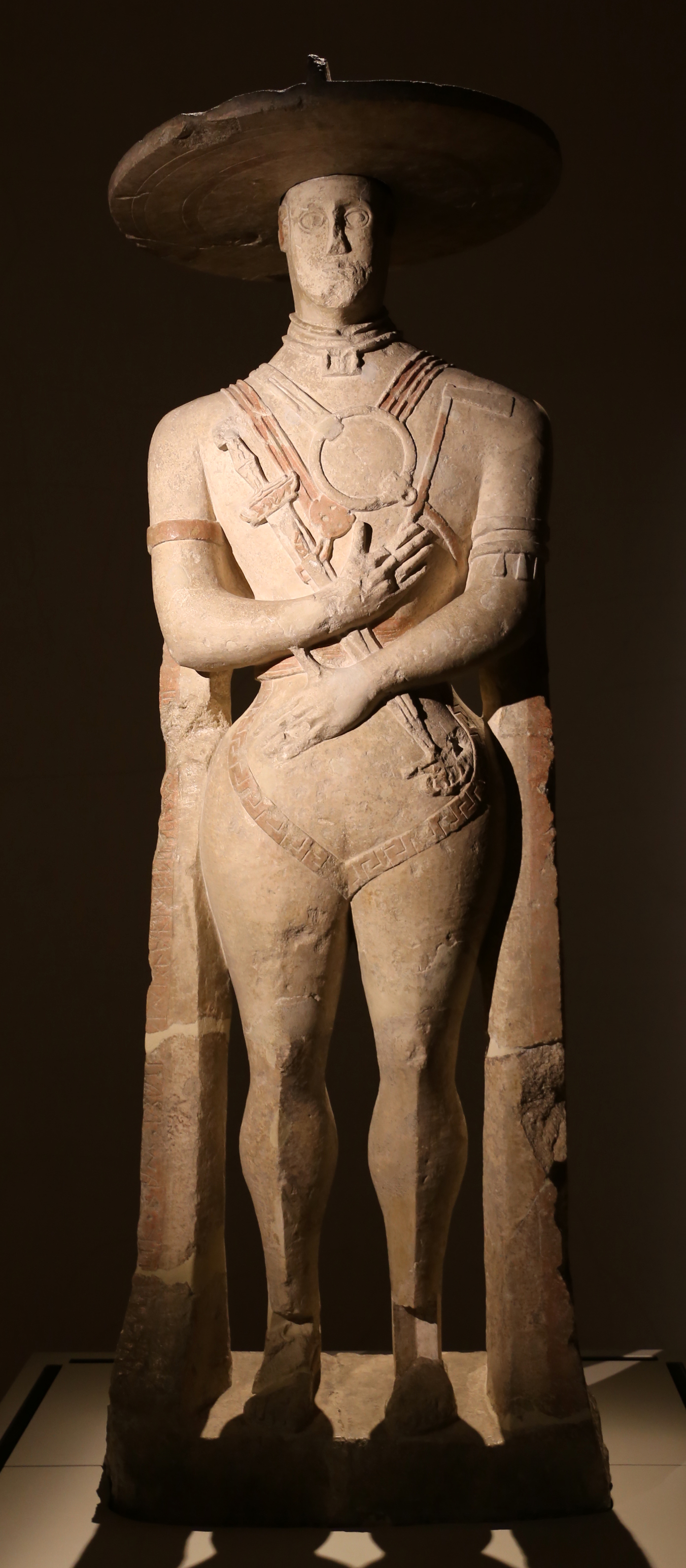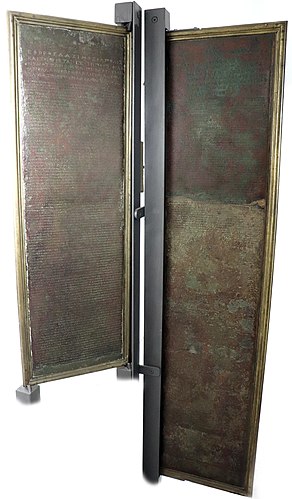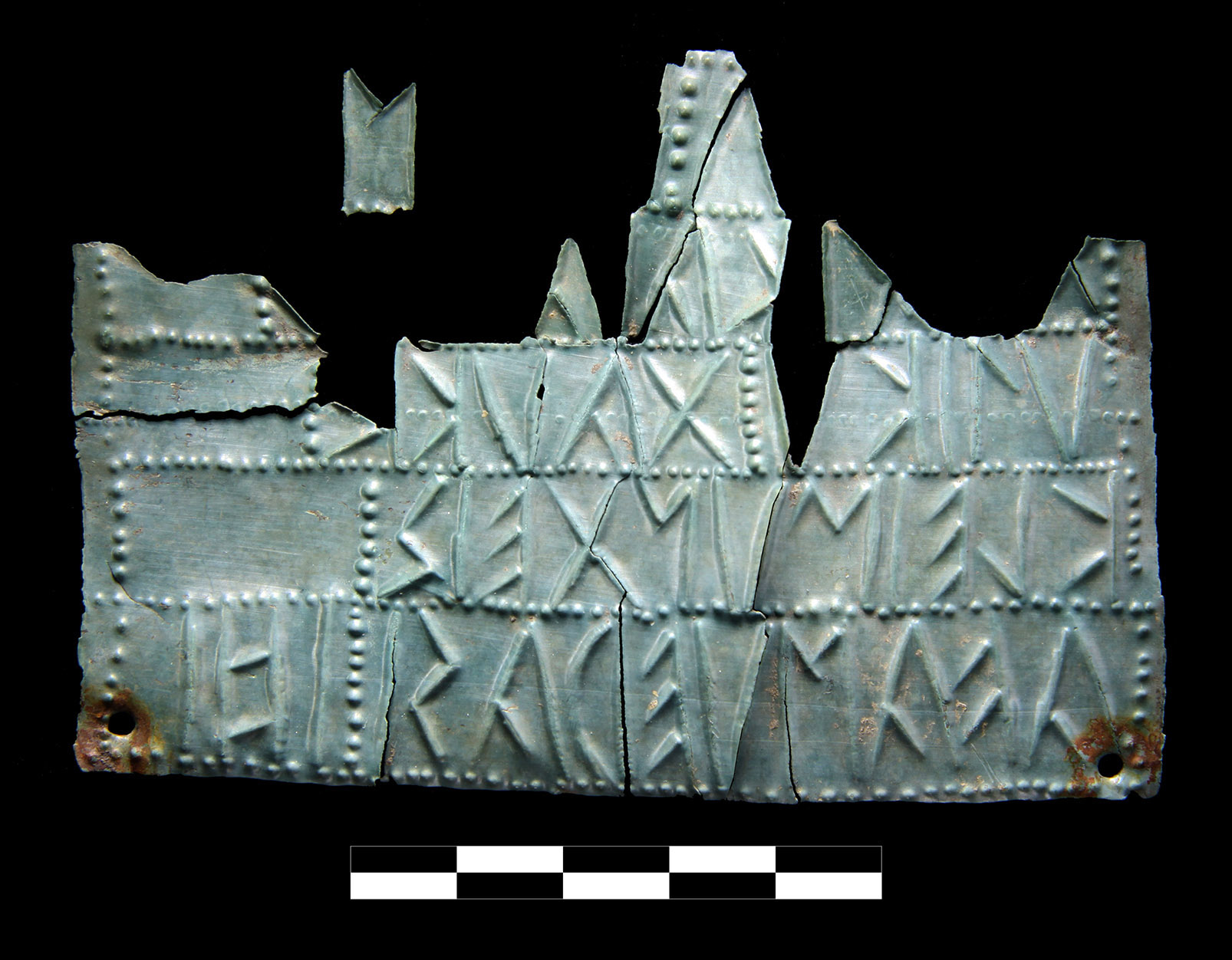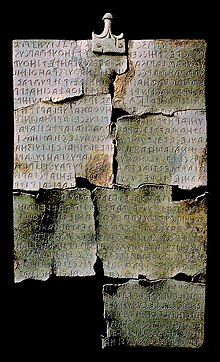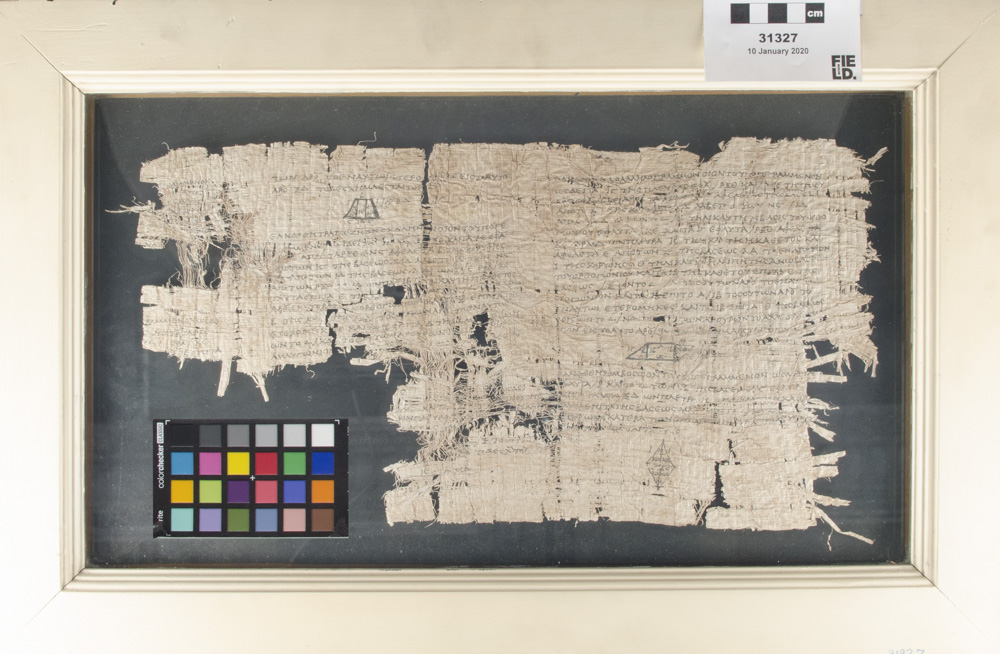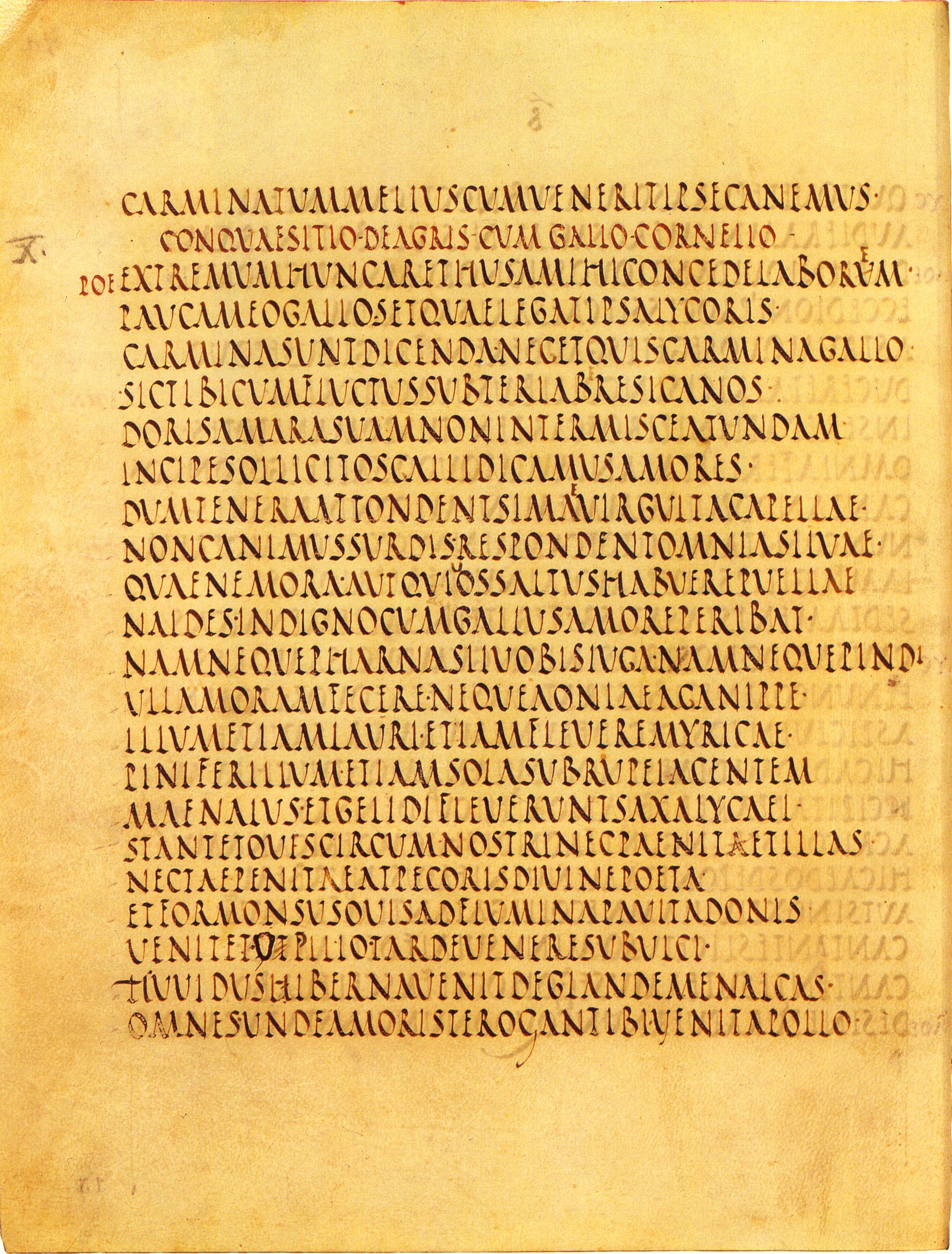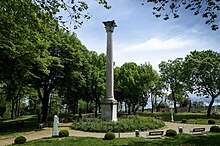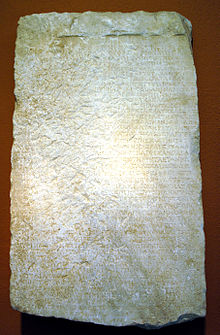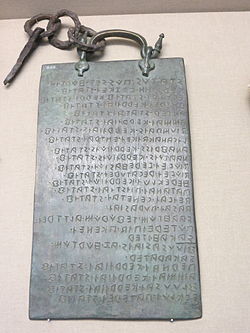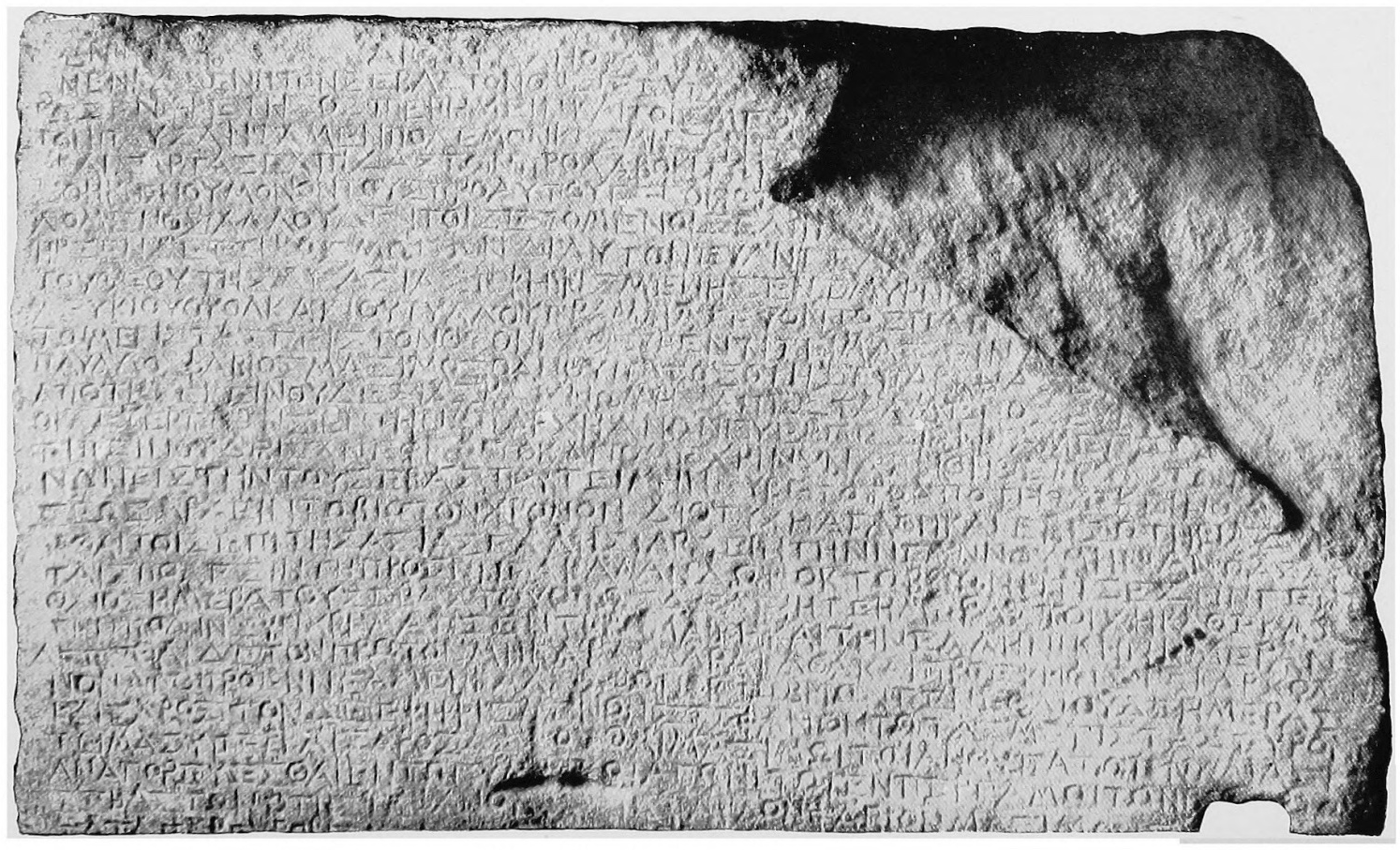Tabnit Sarcophagus
The Tabnit Sarcophagus (TM 865202 ) was originally made for a `Egyptian general Pa-Ptaḥ and as such has standard hieroglyphic inscription identifying the owner, adding some religious formulae. It is an impressive basalt coffin which artistically clearly belongs in the 26th dynasty. It was not found in Egypt, however, but in Sidon in Lebanon, perhaps brought there as booty after the Persian empire (and the Sidonians) won the Battle of Pelusium (525 BC) against the Egyptians. The tomb was discovered by Americans in 1887, who immediately called upon the British Museum for action to prevent that the Turks would lay their hands on it. But an alert Osman Hamdi Bey made sure that the sarcophagus ended up in the new Istanbul Archaeological Museum. Inside, the excavators found a perfectly preserved human body, reportedly floating in a peculiar fluid. This they immediately decided to pour away, which unfortunately lead to the disintegration of the corpse. It seems therefore that the Phoenician curse added for its new owner does not seem to have been very effective: 'I, Tabnit, priest of Astarte, king of Sidon, the son of Eshmunazar, priest of Astarte, king of Sidon, am lying in this sarcophagus. Whoever you are, any man that might find this sarcophagus, don't, don't open it and don't disturb me, for no silver is gathered with me, no gold is gathered with me, nor anything of value whatsoever, only I am lying in this sarcophagus. Don't, don't open it and don't disturb me, for this thing is an abomination to Astarte. And if you do indeed open it and do indeed disturb me, may you not have any seed among the living under the sun, nor a resting-place with the Rephaites.'






